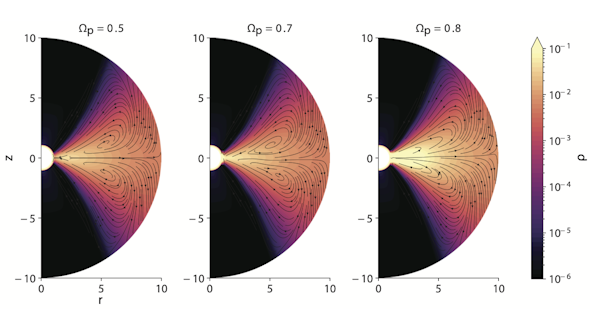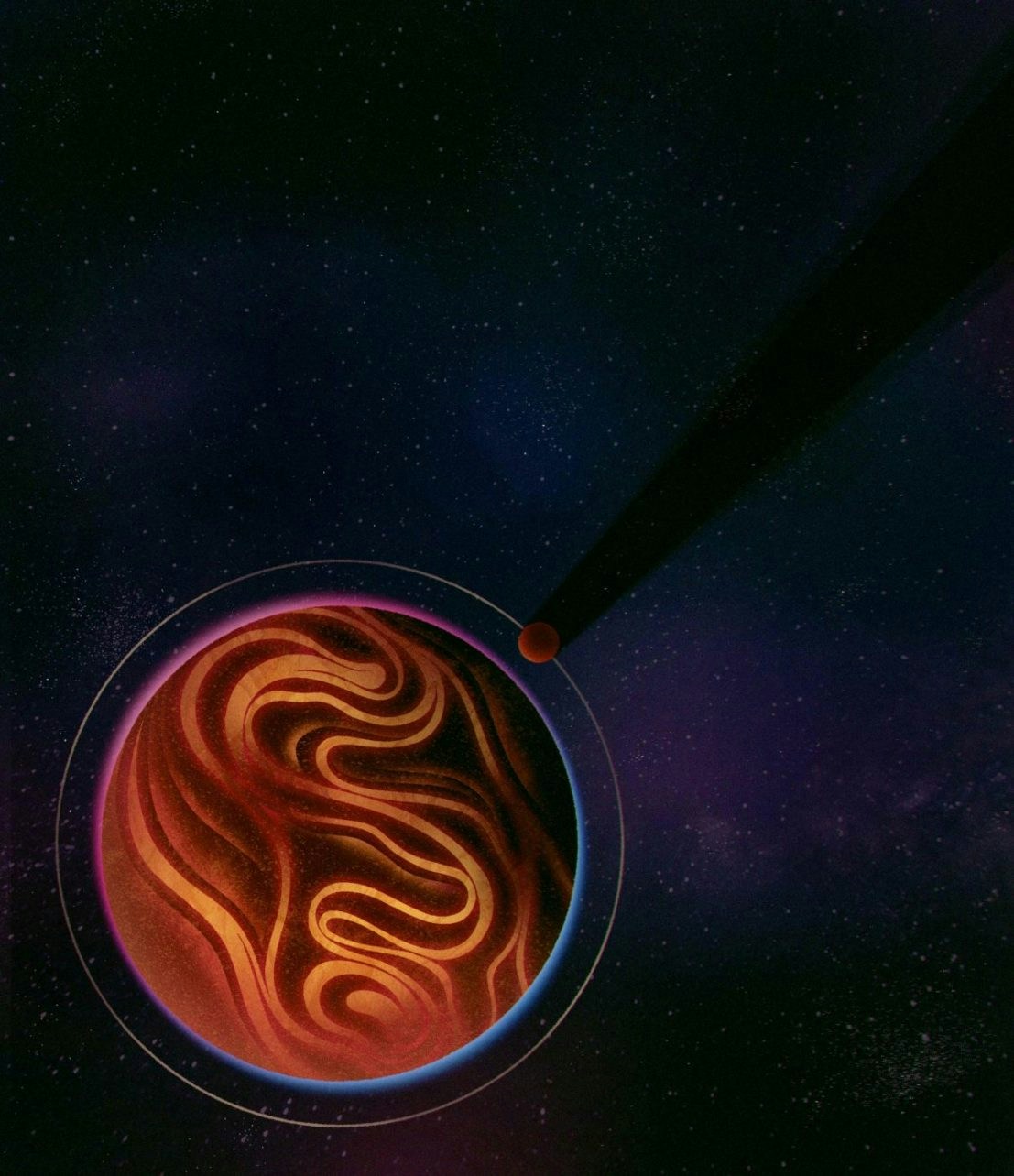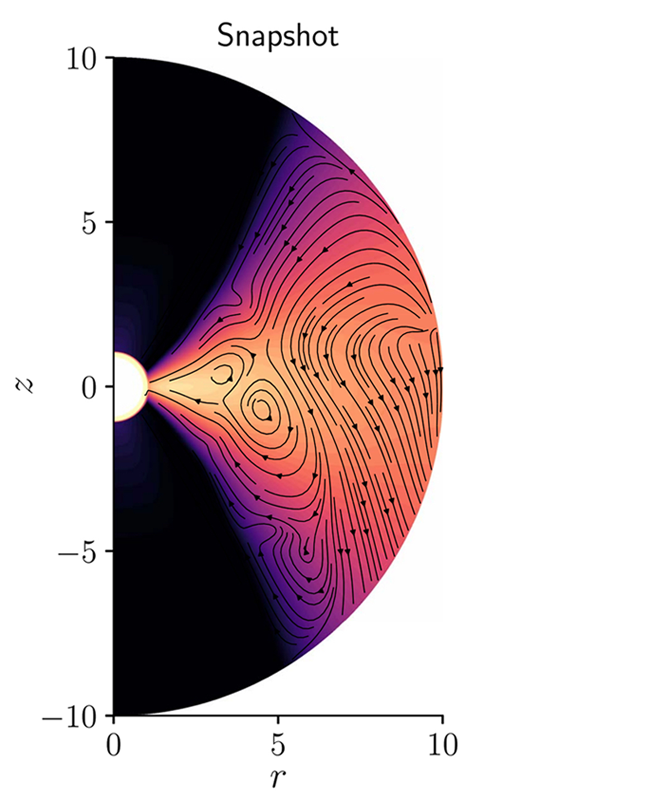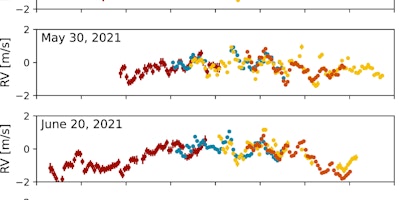Exoplanets

Exoplanet researchers at the Center for Computational Astrophysics (CCA) study the origins and evolution of planetary systems around other stars, from simulations of their initial formation to observations of their present-day conditions.
CCA researchers work to characterize individual exoplanets, use advanced statistical techniques to model the large population of known systems, and develop new methods that will enable the detection of true Earth analogs around other stars. We develop and use numerical simulations to model the physics of planet formation, including the evolution of protoplanetary disks, and the growth of dust to planetesimals, rocky, and gas giant planets.
Subgroups
Detection and Characterization
Discovering and characterizing planets around distant stars is an exciting observational challenge with big implications for how we understand our place in the universe. To achieve the detection of exoplanets as small as the Earth, astronomers must employ statistically robust methods for fitting low-amplitude signals in data with complex noise properties. CCA members work to develop and deploy these methods on data including NASA’s TESS mission and Extreme Precision Radial Velocity (EPRV) spectroscopic surveys like the Terra Hunting Experiment. Our work in this area has strong connections to stellar astrophysics and open-source software development. This research theme has heavy overlap with Astrophysical Data and Surveys, and weekly internal group meetings are held jointly between the two. For more information, please contact Megan Bedell.

Planet Formation
Planetary systems form from dust and gas in the protoplanetary disks that orbit young stars for the first few million years of their lives. Key steps along the way, including the growth of dust to pebbles and planetesimals, the accretion of rocky and giant planets, and the interaction of protoplanets with the protoplanetary disk and among themselves, present novel problems in hydrodynamics and gravitational dynamics. CCA members work to understand planet formation physics, its relation to the earlier phase of star formation, and how it can be tested with protoplanetary disk and exoplanet observations. We work to develop and apply multi-fluid simulations, radiation hydrodynamics and Machine Learning techniques to open problems in planet formation. For more information, please contact Phil Armitage.












